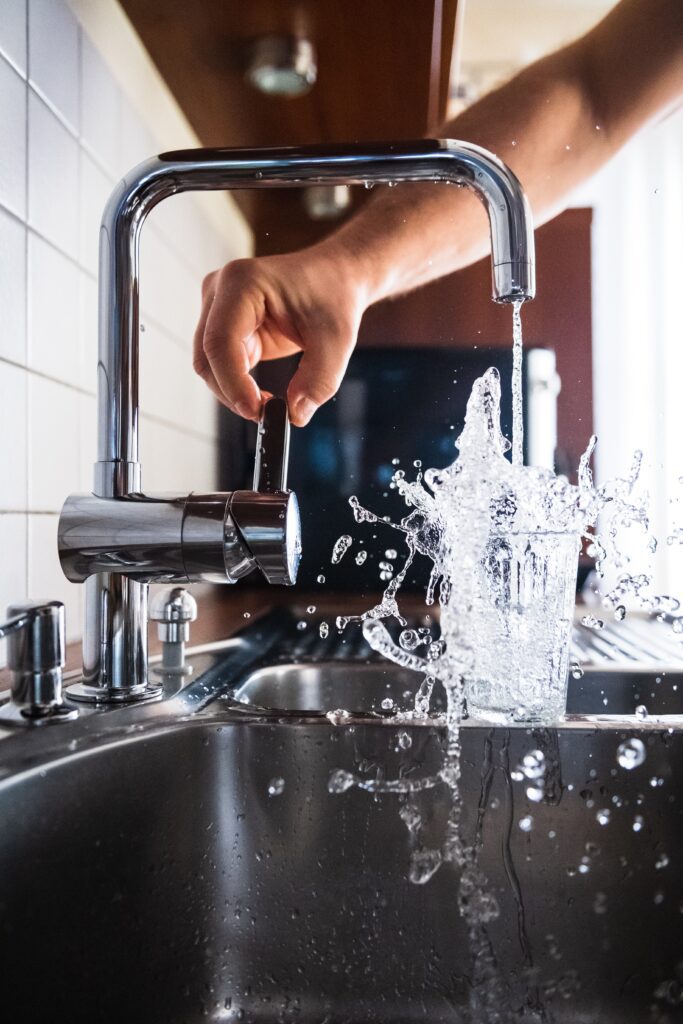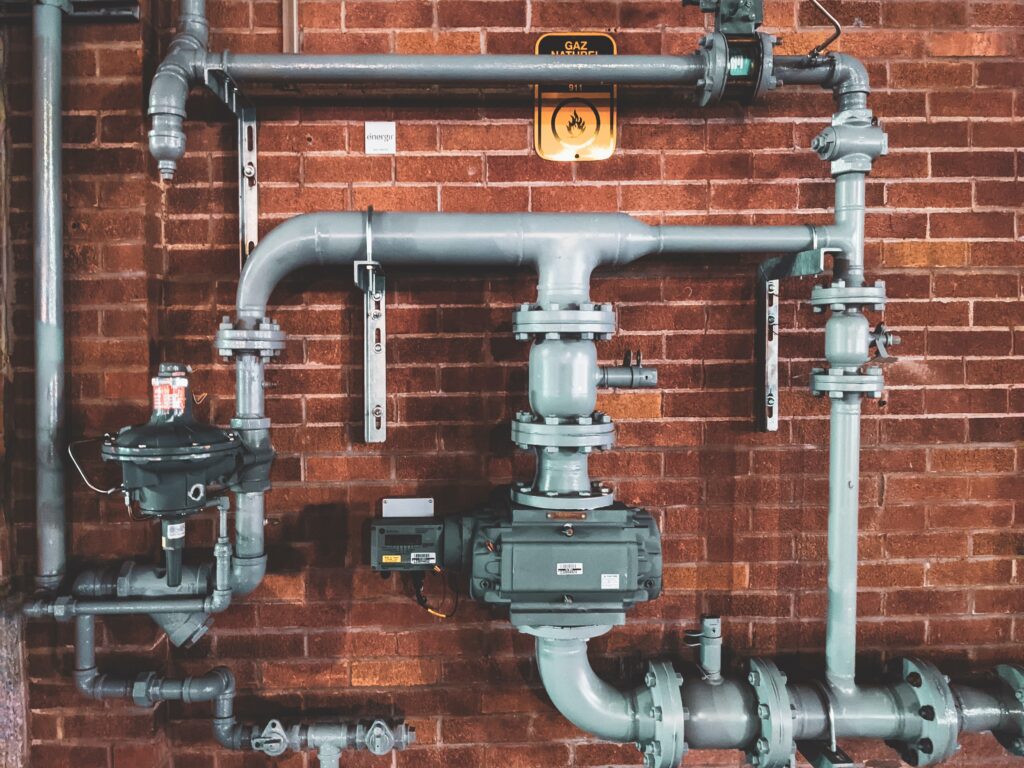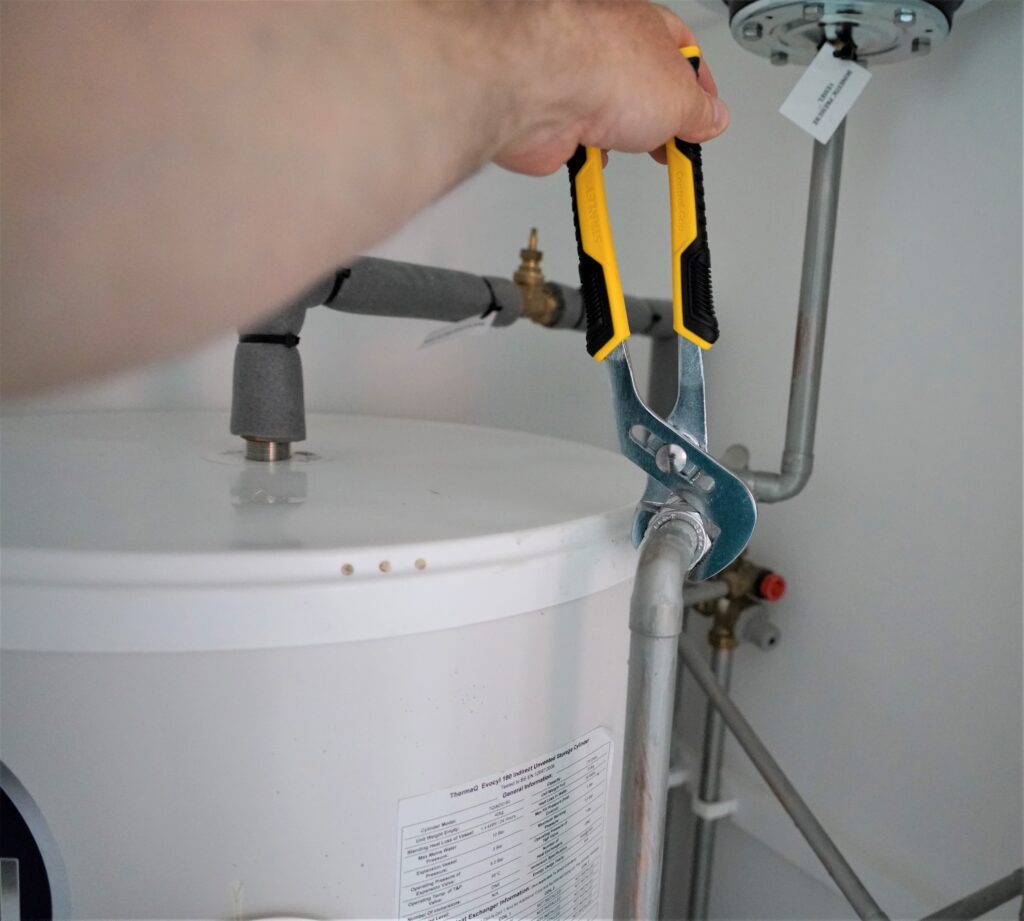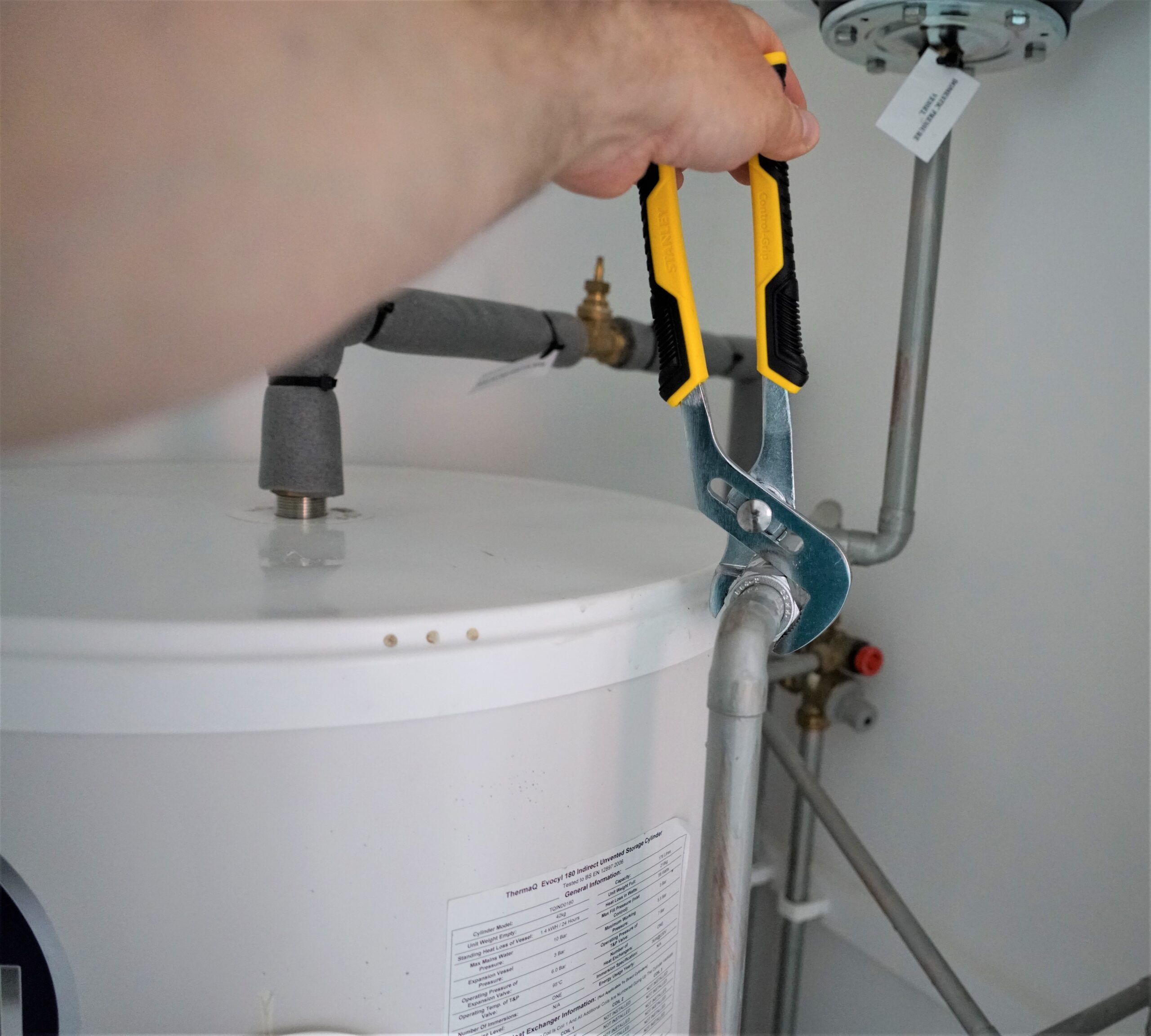Are you tired of dealing with a slow draining toilet? Look no further, because we have the solution for you! Introducing “How To Unclog A Slow Draining Toilet: Expert Tips And Techniques”. This comprehensive guide is packed with expert advice and techniques to help you tackle the frustrating issue of a slow draining toilet. Say goodbye to plungers and messy DIY attempts, as we provide you with step-by-step instructions and insider tips to effectively get your toilet flowing smoothly again. With “How To Unclog A Slow Draining Toilet: Expert Tips And Techniques”, you can say goodbye to bathroom mishaps and hello to a fully functioning toilet!



This image is property of images.unsplash.com.
Identifying the Problem
Check for Multiple Drains
When faced with a slow draining toilet, the first step is to determine if the problem lies solely with the toilet or if there are multiple drains affected in the house. To check for multiple drains, we can run the water in other sinks or showers to see if they are draining slowly as well. If the issue is isolated to the toilet, we can proceed with the necessary steps to fix the problem.
Determine the Severity of the Clog
Before attempting any unclogging techniques, it is essential to assess the severity of the clog. A minor clog may require simple remedies such as plunging or using a natural/home remedy, while a more severe clog might necessitate the use of a toilet auger or snake. By gauging the intensity of the clog, we can choose the most appropriate solution and avoid potential damage to the toilet.
Gather Necessary Tools and Supplies
Before embarking on any unclogging endeavor, gathering the necessary tools and supplies is crucial. Some essential items to have on hand include a plunger, a toilet auger or snake, rubber gloves, and a bucket. It is also helpful to keep a supply of hot water, baking soda, vinegar, and dish soap in case we decide to try a natural/home remedy. Having these tools and supplies readily available will save time and ensure a smoother unclogging process.
Using a Plunger
Choose the Right Plunger
When using a plunger to unclog a slow draining toilet, it is crucial to select the right type of plunger. There are two main types of plungers: a cup plunger and a flange plunger. A cup plunger is effective for clearing clogs in sinks and tubs, while a flange plunger, with its additional rubber flap, is specifically designed for toilets. By using the appropriate plunger, we maximize our chances of successfully unclogging the toilet.
Create a Good Seal
To achieve the best results, it is essential to create a tight seal between the plunger and the toilet bowl. Before starting, make sure there is enough water in the bowl to cover the plunger’s cup or flange. If not, add some water to create suction. Position the plunger over the drain hole, ensuring a complete seal between the plunger and the bowl. This seal will allow the suction created by the plunging motion to dislodge the clog effectively.
Plunge Effectively
To plunge the toilet effectively, start with a gentle downward push, and then pull back to create suction. Repeat this motion several times, gradually increasing the force and intensity. The combination of downward and upward motions will produce pressure changes that can dislodge the clog. Keep plunging until the water drains freely, indicating that the clog has been successfully cleared. Be patient and persistent, as it may take several attempts before achieving the desired results.
Using a Toilet Auger
What is a Toilet Auger
A toilet auger, also known as a closet auger or a plumber’s snake, is a tool specifically designed for clearing toilet clogs. It consists of a long, flexible rod with a coiled wire or a hook at the end. The auger’s length allows it to reach obstructions deep within the toilet drainpipe, making it an effective tool for more stubborn clogs.
Preparation
Before using a toilet auger, it is essential to prepare the area and protect yourself. Put on rubber gloves to protect your hands from any potential mess. Place a bucket nearby to catch any water that may splash out during the unclogging process. Insert the auger’s end into the drain opening, making sure it goes as far as possible without applying excessive force. This preparation will ensure a smoother and more efficient unclogging experience.
Using the Toilet Auger
Once the auger is properly positioned in the drain opening, rotate the handle clockwise to extend the wire or hook further into the drainpipe. As you rotate the handle, gently push the auger forward, gradually increasing the pressure against the clog. If you encounter resistance, continue rotating the handle and pushing forward to break through the obstruction. Once the clog is dislodged, retract the auger and flush the toilet to ensure proper drainage. The toilet auger is a valuable tool for more stubborn clogs that cannot be cleared with a plunger alone.
Using a Toilet Snake
What is a Toilet Snake
Similar to a toilet auger, a toilet snake is a tool used to clear obstinate clogs in the toilet drainpipe. It features a longer and more flexible cable than a toilet auger, making it suitable for tackling severe blockages.
Preparation
Before using a toilet snake, it is crucial to take the necessary precautions. Put on rubber gloves to protect your hands and have a bucket nearby to catch any water that may splash out. Carefully insert the snake’s cable into the toilet drain, guiding it as far as possible without exerting excessive force. Proper preparation is essential to ensure the safety and effectiveness of the unclogging process.
Using the Toilet Snake
Once the snake is inserted into the drain, rotate the handle to feed the cable further into the pipe. Apply gentle pressure as you advance the snake, maintaining constant pressure against the clog. If you encounter resistance, continue rotating the handle and gradually increase the pressure until the snake breaks through the obstruction. Once the clog has been cleared, retract the snake and flush the toilet to ensure unrestricted flow. The toilet snake is an excellent tool for tackling stubborn clogs that cannot be resolved with a plunger or toilet auger.



This image is property of images.unsplash.com.
Trying a Natural/Home Remedy
Hot Water Method
The hot water method is a simple and potentially effective natural remedy for a slow draining toilet. Begin by heating a bucket of water to a near-boiling temperature. Carefully pour the hot water into the toilet bowl from waist height, allowing it to flow directly into the drain. The hot water will help break down any grease or organic materials causing the clog. Repeat the process a few times, waiting for the water to drain between each attempt. If successful, the hot water should flush away the obstruction, restoring normal drainage.
Baking Soda and Vinegar Method
A combination of baking soda and vinegar can also be used as a natural remedy to unclog a slow draining toilet. Start by pouring one cup of baking soda into the toilet bowl. Slowly add two cups of vinegar, causing the mixture to fizz and bubble. Allow the mixture to sit for about 30 minutes to work on breaking down the clog. Afterward, flush the toilet to see if the clog has cleared. This method can be repeated if necessary. Baking soda and vinegar are commonly found household items known for their natural cleaning properties.
Dish Soap Method
Another natural remedy for a slow draining toilet involves the use of dish soap. Squirt a generous amount of liquid dish soap into the toilet bowl, making sure it covers the drain opening. Let the soap sit for a while, allowing it to penetrate the clog and lubricate the pipes. Finally, flush the toilet to check if the clog has been resolved. Dish soap can help break down greasy clogs and improve the flow of water through the pipes.
Using Chemical Drain Cleaners
Safety Considerations
Before using chemical drain cleaners, it is crucial to follow proper safety measures. Always wear rubber gloves and eye protection to protect yourself from potentially harmful chemicals. Make sure the area is well-ventilated and keep children and pets away during the unclogging process. Chemical drain cleaners contain powerful substances that can cause burns or release harmful fumes if not handled correctly.
Choosing the Right Drain Cleaner
When selecting a drain cleaner, it is essential to choose a product specifically designed for toilets. Look for drain cleaners labeled as safe for use in toilets and effective against clogs. It is advisable to read and follow the manufacturer’s instructions carefully to ensure optimal results and minimize any risks associated with the use of chemical drain cleaners.
Applying the Drain Cleaner
To apply the drain cleaner, carefully pour the recommended amount into the toilet bowl, ensuring it comes into direct contact with the clog. Follow the instructions on the packaging regarding the contact time required for the drain cleaner to dissolve the obstruction. After the specified time has elapsed, flush the toilet to check if the clog has been cleared. Exercise caution when handling and applying chemical drain cleaners, and always follow the recommended safety guidelines.



This image is property of images.unsplash.com.
Calling a Professional Plumber
When to Call a Plumber
While there are various DIY methods for unclogging a slow draining toilet, certain situations may warrant the expertise of a professional plumber. If repeated attempts to unclog the toilet prove unsuccessful, if the clog is accompanied by unusual odors or wastewater backing up into other fixtures, or if there is a known issue with the toilet’s plumbing system, it is advisable to call a plumber. Professional plumbers have the knowledge, experience, and specialized tools to tackle complex clogs and ensure the proper functioning of the toilet and the entire plumbing system.
Cost Considerations
When contemplating calling a professional plumber, it is essential to consider the potential costs involved. The cost of hiring a plumber can vary depending on factors such as the severity of the clog, the location of the clog within the toilet drainpipe, the time required to resolve the issue, and any additional repairs or replacement parts needed. It is advisable to obtain quotes from multiple plumbers and compare their prices and services before making a decision.
Finding a Reliable Plumber
To ensure the quality and reliability of the services provided, it is crucial to find a reputable plumber. Seek recommendations from friends, family, or neighbors who have had positive experiences with plumbers in the past. Take the time to research and read reviews of local plumbers online to gauge their reputation. Look for plumbers who are licensed, insured, and have sufficient experience in handling toilet clogs. Contacting professional organizations or trade associations can also help in finding qualified and reliable plumbers.
Preventative Measures
Regular Toilet Maintenance
One of the best ways to prevent slow draining toilets is through regular toilet maintenance. This includes regular cleaning of the toilet bowl and drain, as well as periodic inspection and maintenance of the toilet’s inner mechanisms. Cleaning the toilet bowl regularly with a toilet brush and disinfectant can prevent the buildup of debris and mineral deposits that can contribute to clogs. Additionally, checking and adjusting the toilet’s water level, flapper, and flush valve can help prevent future clogging issues.
Avoid Flushing Clog-causing Items
To avoid clogs in the first place, it is essential to avoid flushing items that are known to cause clogs. Items such as sanitary products, baby wipes, paper towels, cotton balls, and excessive amounts of toilet paper should never be flushed down the toilet. These items can easily accumulate and cause blockages in the toilet drainpipe. Educate everyone in the household about what can and cannot be flushed, and consider providing a waste bin near the toilet for easy disposal of non-flushable items.
Install a Toilet Seat with a Bidet
Installing a toilet seat with a bidet can be an effective preventive measure against clogs. Bidets use a gentle stream of water to clean, eliminating the need for excessive amounts of toilet paper. By reducing the amount of paper flushed down the toilet, the risk of clogs is significantly minimized. Additionally, bidets promote better personal hygiene and can be a welcome addition to any bathroom.
Common Mistakes to Avoid
Using Excessive Force
One common mistake when trying to unclog a slow draining toilet is using excessive force. Applying too much force can damage the toilet’s internal components or even crack the bowl. It is important to remember that most clogs can be resolved with gentle and persistent efforts. Avoid the temptation to forcefully plunge or force objects down the drain, as this can worsen the clog or cause further damage.
Mixing Different Chemical Cleaners
Mixing different chemical drain cleaners is an extremely hazardous practice that should be avoided at all costs. Combining different chemicals can result in dangerous reactions, releasing toxic gases or creating explosive substances. Always stick to one type of drain cleaner at a time and follow the manufacturer’s instructions carefully. If one drain cleaner does not work, thoroughly flush the toilet before trying a different product.
Neglecting Regular Maintenance
Neglecting regular toilet maintenance is another mistake that can lead to slow draining toilets and more severe clogs. Regular cleaning and inspection of the toilet can identify and address potential issues before they develop into major problems. By incorporating toilet maintenance into our cleaning routine, we can save ourselves the hassle and expense of dealing with clogs and plumbing emergencies.
Conclusion
Summary of Techniques
In conclusion, unclogging a slow draining toilet requires identifying the problem, choosing the appropriate technique, and taking preventive measures. We learned how to check for multiple drains and determine the severity of the clog. We discussed the use of a plunger, toilet auger, toilet snake, natural/home remedies, chemical drain cleaners, and when to call a professional plumber. Additionally, we explored preventative measures such as regular toilet maintenance, avoiding flushing clog-causing items, and installing a toilet seat with a bidet. By following these techniques and avoiding common mistakes, we can effectively tackle toilet clogs and maintain a healthy plumbing system.
Importance of Timely Action
When faced with a slow draining toilet, it is crucial to take timely action. Ignoring the problem or delaying the unclogging process can lead to more severe clogs, water damage, and potential plumbing emergencies. By addressing the issue promptly and utilizing the appropriate techniques, we can resolve the clog efficiently and prevent further complications.
Maintaining a Healthy Toilet
Maintaining a healthy toilet goes beyond unclogging occasional blockages. It involves regular cleaning, periodic maintenance, and mindful flushing habits. By incorporating preventive measures into our daily routines, we can minimize the risk of clogs, extend the lifespan of our toilets, and ensure optimal functioning of our plumbing system. Taking care of our toilets is an essential part of maintaining a comfortable and hygienic home.
